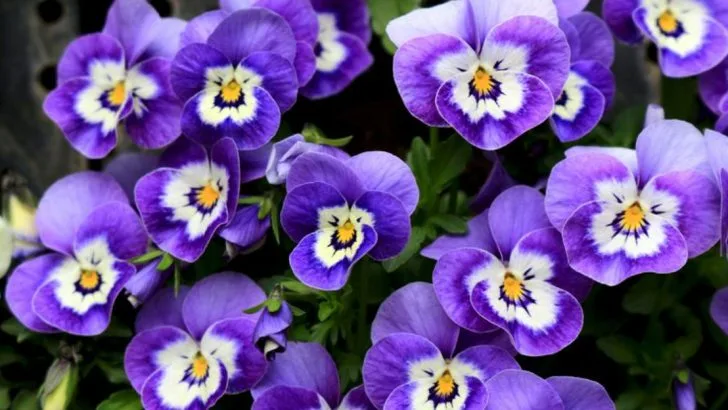Frost is the silent killer of good garden dreams. One icy night and—boom—your favorite plant is toast, limp and lifeless by morning. Some plants just aren’t built for the cold, no matter how gorgeous they look in the catalog. But others? They laugh in the face of freezing temps and come back swinging. We’ve rounded up 8 tough-as-nails garden picks that can handle a chill without losing their charm. And yes—2 drama queens that might look good, but fold at the first sign of frost. Don’t fall for them. Know who’s tough and who’s just pretending. Your garden depends on it.
Winter Jasmine
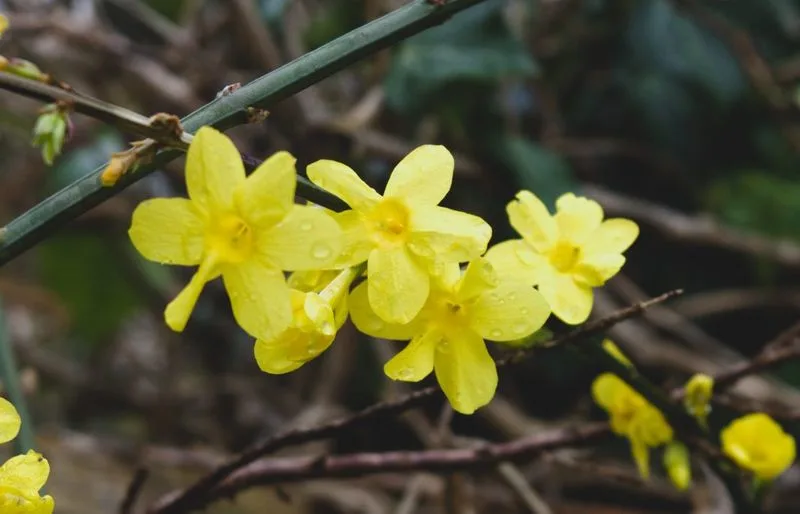
Winter Jasmine, with its vibrant yellow flowers, defies the winter chill. Emerging in the heart of winter, this plant blooms when most others have succumbed to frost. Its resilience makes it a favorite among gardeners seeking a splash of color in colder months.
Interestingly, Winter Jasmine originated in China where it’s known to thrive on rocky slopes, adapting well to less-than-ideal conditions. This adaptability is part of its charm, allowing it to flourish even when frost blankets the ground.
The sight of its cheerful blossoms during bleak months offers hope and beauty, transforming any frosty garden into a lively scene.
Hellebore
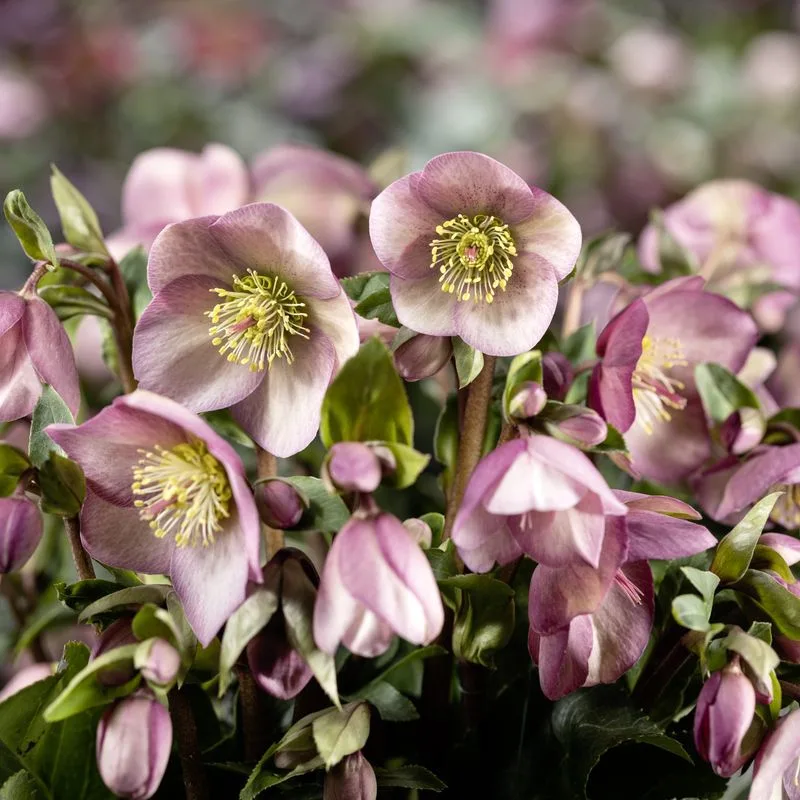
Hellebores, often called the “Christmas Rose,” are renowned for their frost-hardiness. These perennials bloom in late winter, providing a burst of color when little else dares to show. Their unique, cup-shaped flowers can withstand cold snaps without wilting.
Native to the mountainous regions of Europe, Hellebores have adapted to harsh winter climates, making them ideal for frosty gardens. Their foliage stays evergreen, adding year-round interest.
With their rich history and striking appearance, Hellebores are both a practical and aesthetic choice for gardeners in colder climates, offering beauty and durability alike.
Snowdrops
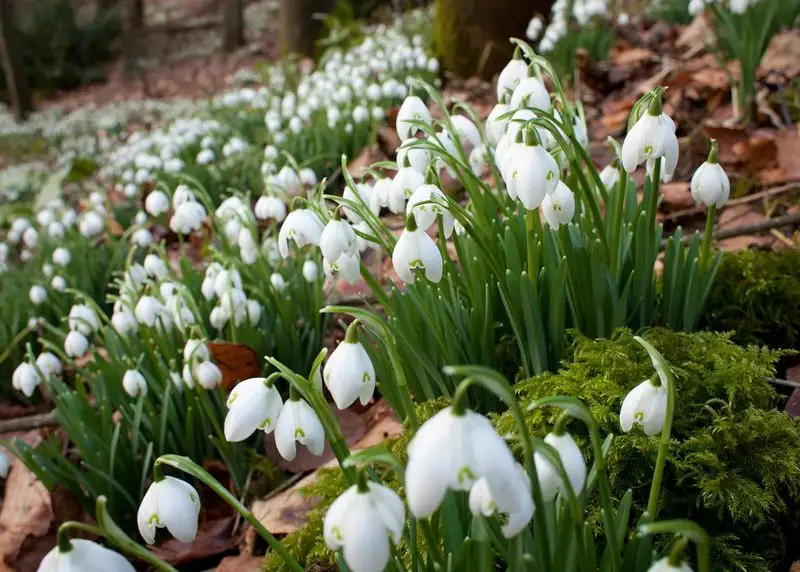
Snowdrops are often the first sign that winter’s grip is loosening. These delicate flowers push through the snow, blossoming even in freezing temperatures. Known for their simple beauty, they are a symbol of hope and renewal.
Originating in Europe and the Middle East, Snowdrops have adapted to cold climates, flourishing in woodland settings and gardens. They can survive harsh frosts thanks to their specialized structures.
Their ability to thrive in cold, combined with their graceful appearance, makes Snowdrops a cherished addition to any winter garden, heralding the coming spring with quiet elegance.
Evergreen Ferns
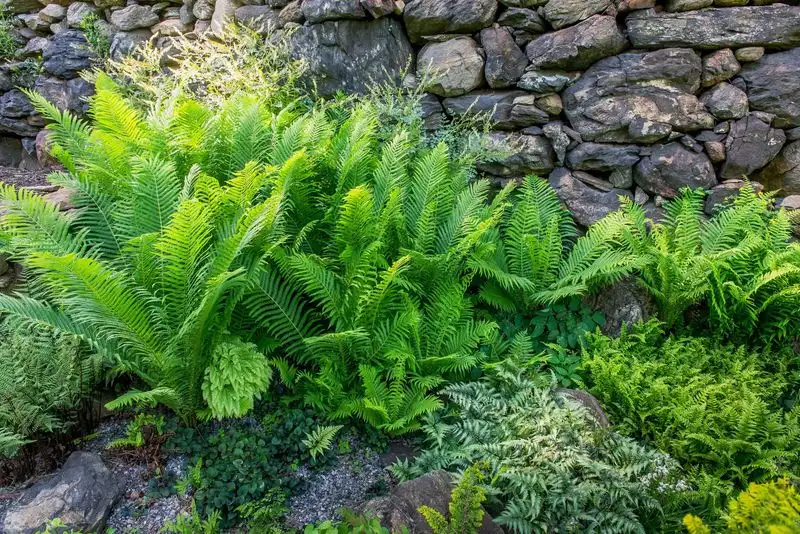
Evergreen Ferns bring life and color to gardens year-round. Their hardy nature allows them to withstand cold temperatures and frost with ease. The fronds stay vibrant and green, even when snow covers the ground.
These plants have evolved over millions of years, withstanding various climatic changes, making them ideal for frost-prone areas. The texture and form of their leaves add an architectural element to winter gardens.
As a staple in shaded and woodland gardens, Evergreen Ferns provide visual interest and resilience, proving that not all garden beauty fades with the onset of frost.
Heather
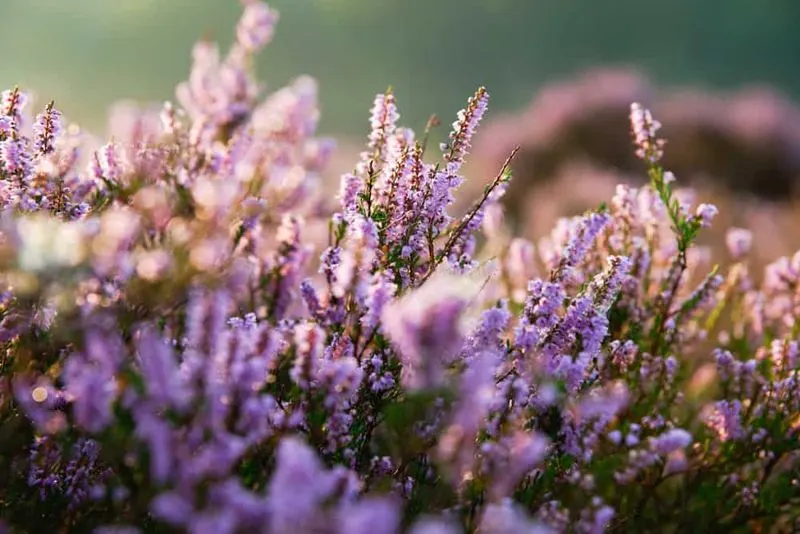
Heather plants burst with vibrant colors even in the coldest months. Their tiny, bell-shaped flowers come in shades of pink, purple, and white, creating a stunning visual contrast against the winter landscape.
Originally from the moorlands of Europe, Heather is accustomed to harsh conditions, thriving in poor, acidic soils where many other plants struggle.
Their ability to bloom prolifically despite frost makes them a popular choice for gardeners looking to add winter interest. Heather’s enduring vitality and color brightens any garden, ensuring a lively display throughout the chilly season.
Pansies
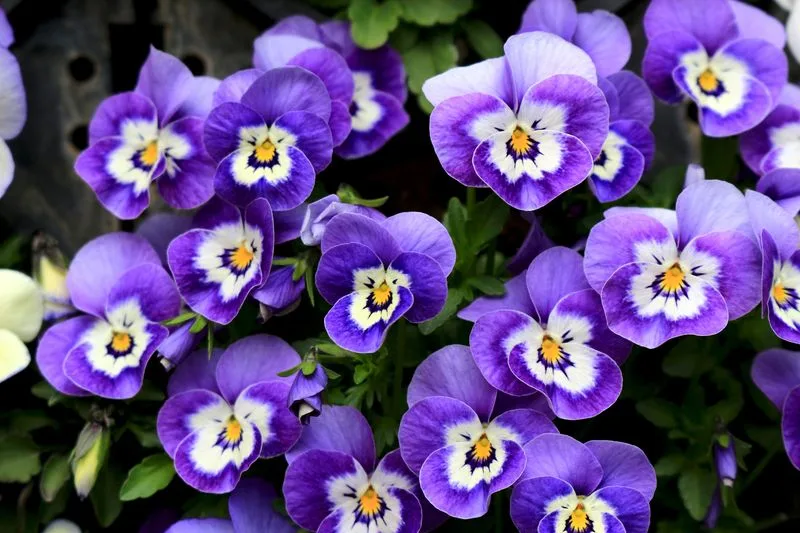
Pansies, with their cheerful faces, are surprisingly hardy. They bloom in an array of colors, from deep purples to sunny yellows, providing a splash of brightness in frosty gardens. These flowers are frost-tolerant, able to survive even light snow.
Their origins trace back to Europe, where they were bred for their resilience and beauty. Pansies are versatile, thriving in both beds and containers, making them a favorite among gardeners.
Their ability to endure frost while maintaining vibrant hues makes Pansies an ideal choice for adding color and cheer to cold-weather gardens.
Holly
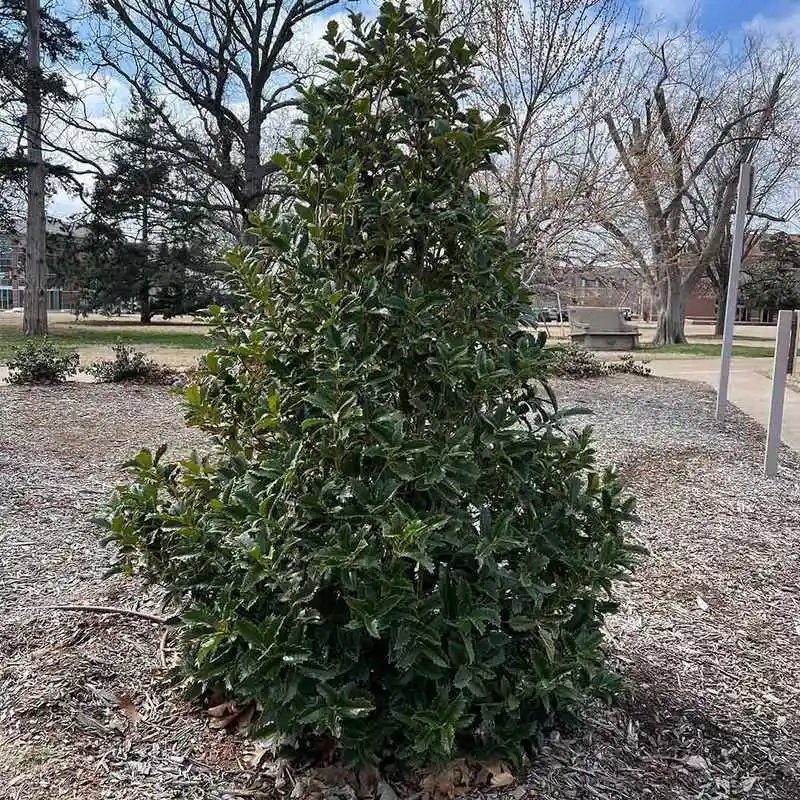
Holly bushes, with their glossy leaves and bright red berries, are synonymous with winter. These evergreen shrubs thrive in colder climates, providing color and structure to frosty gardens.
Native to regions with harsh winters, Holly is well-equipped to handle frost, maintaining its vibrant appearance year-round. The berries also serve as a food source for birds during scarce months.
Holly’s association with festive traditions makes it a beloved plant for winter gardens. Its resilience against frost ensures that it remains a cornerstone of garden design in colder areas, offering both beauty and wildlife support.
Boxwood
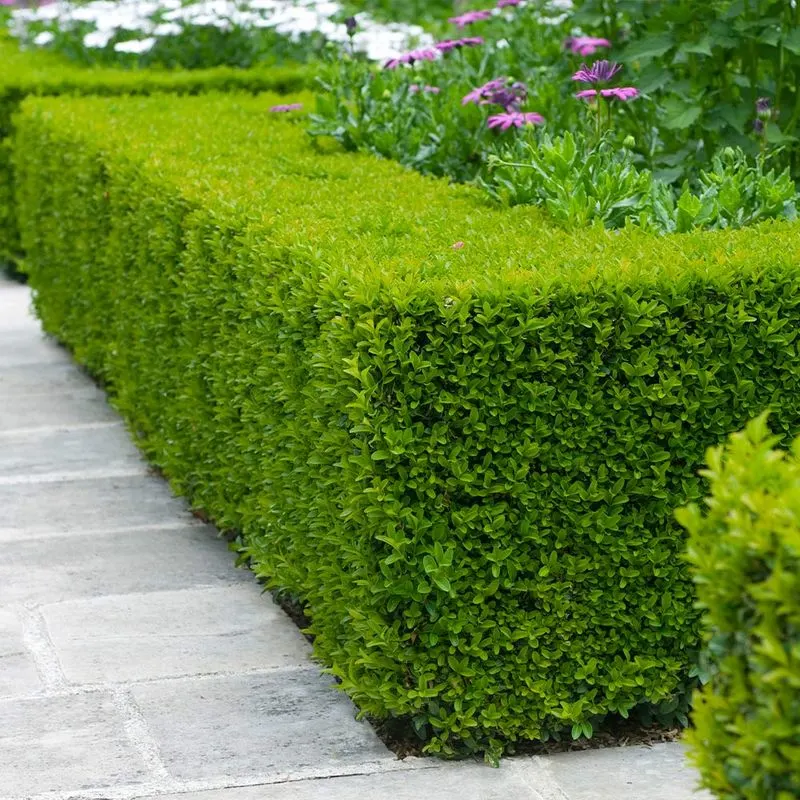
Boxwood is a classic choice for gardeners seeking structure in their landscapes. These shrubs are not just ornamental; their frost resistance makes them reliable for year-round greenery.
Originating from Europe, Boxwoods have been used in formal garden designs for centuries, prized for their ability to withstand cold weather. Their dense foliage is ideal for hedges, topiaries, and borders.
Even in the dead of winter, Boxwoods retain their rich green color, offering a sense of life and vibrancy. Their adaptability to frost and pruning makes them a versatile and enduring choice for gardeners.
Begonias

Despite their popularity for summer gardens, Begonias suffer in frost. These plants, known for their vibrant blooms and lush foliage, do not fare well when temperatures drop.
Originating from tropical regions, Begonias prefer warm climates and struggle to adapt to cold. Frost can damage their leaves, causing them to wilt and die back.
For gardeners in colder areas, it’s essential to provide protection or move Begonias indoors during winter months. Their sensitivity to frost highlights the importance of selecting the right plants for the season, ensuring a thriving garden year-round.
Impatiens

Impatiens, beloved for their bright blooms, falter in frost. These tender plants thrive in the warmth, but freezing temperatures can be their downfall.
Originally from warmer climates, Impatiens struggle to withstand the cold, with frost causing their flowers and foliage to succumb quickly. This makes them unsuitable for gardens in colder regions without protection.
Gardeners who love Impatiens’ vibrant colors must plan for winter care, potentially moving them indoors or providing adequate coverage. Their frost sensitivity serves as a reminder of the delicate balance in garden planning, especially in variable climates.

